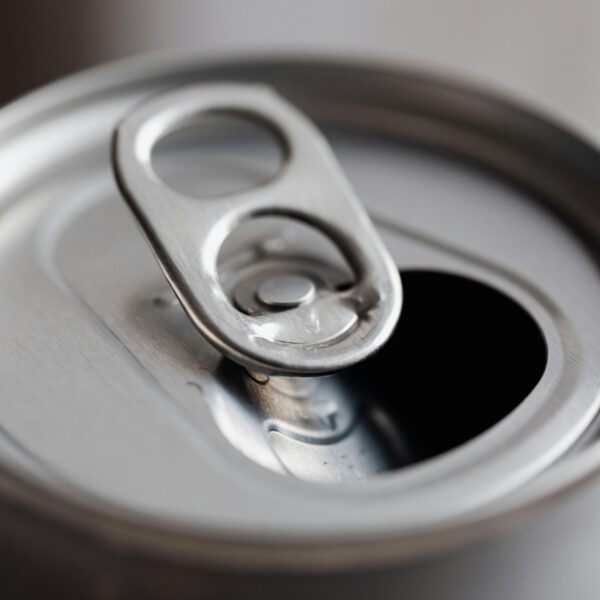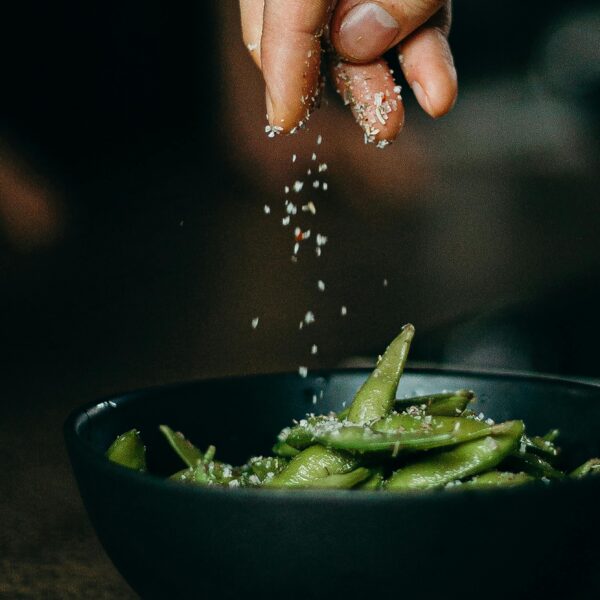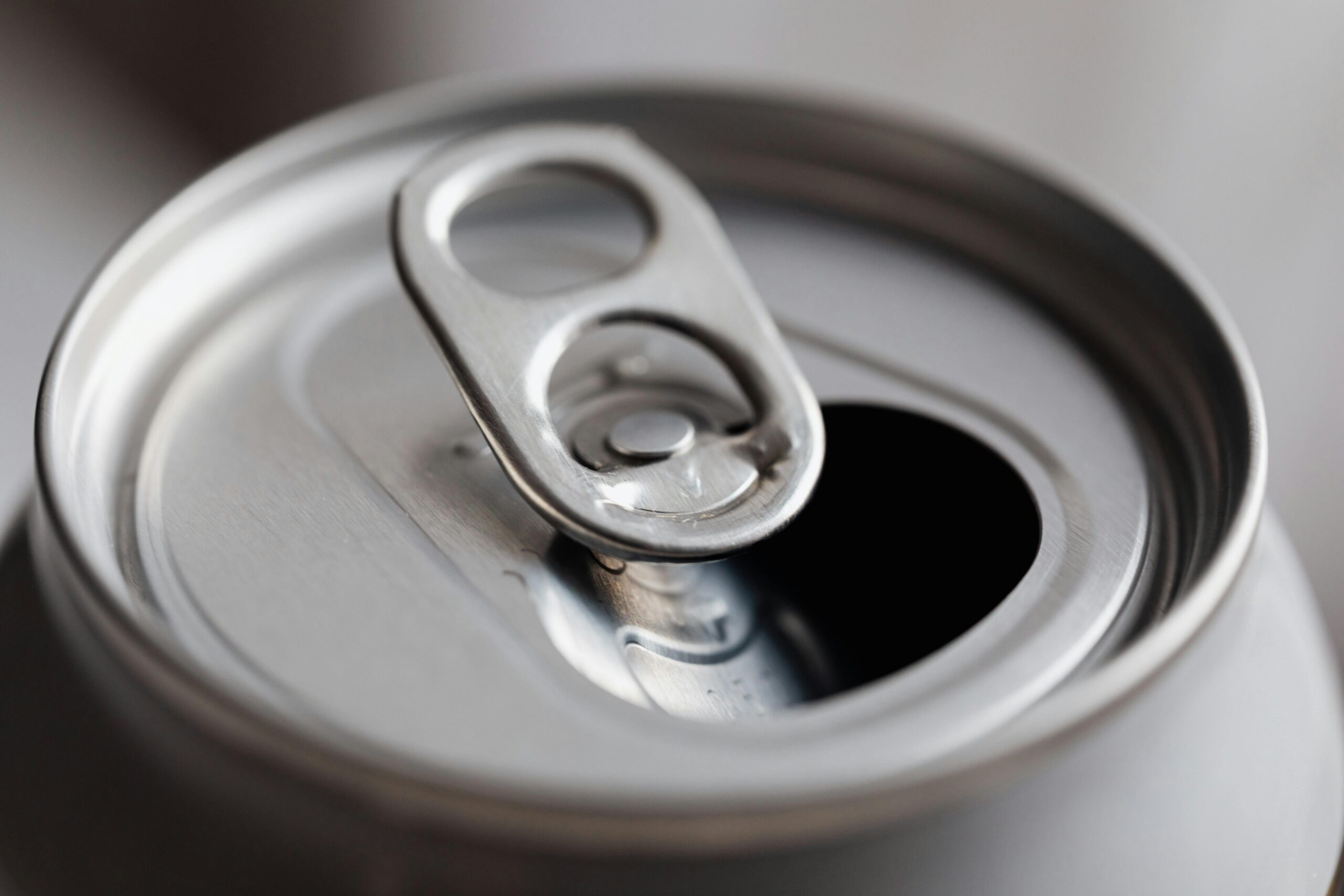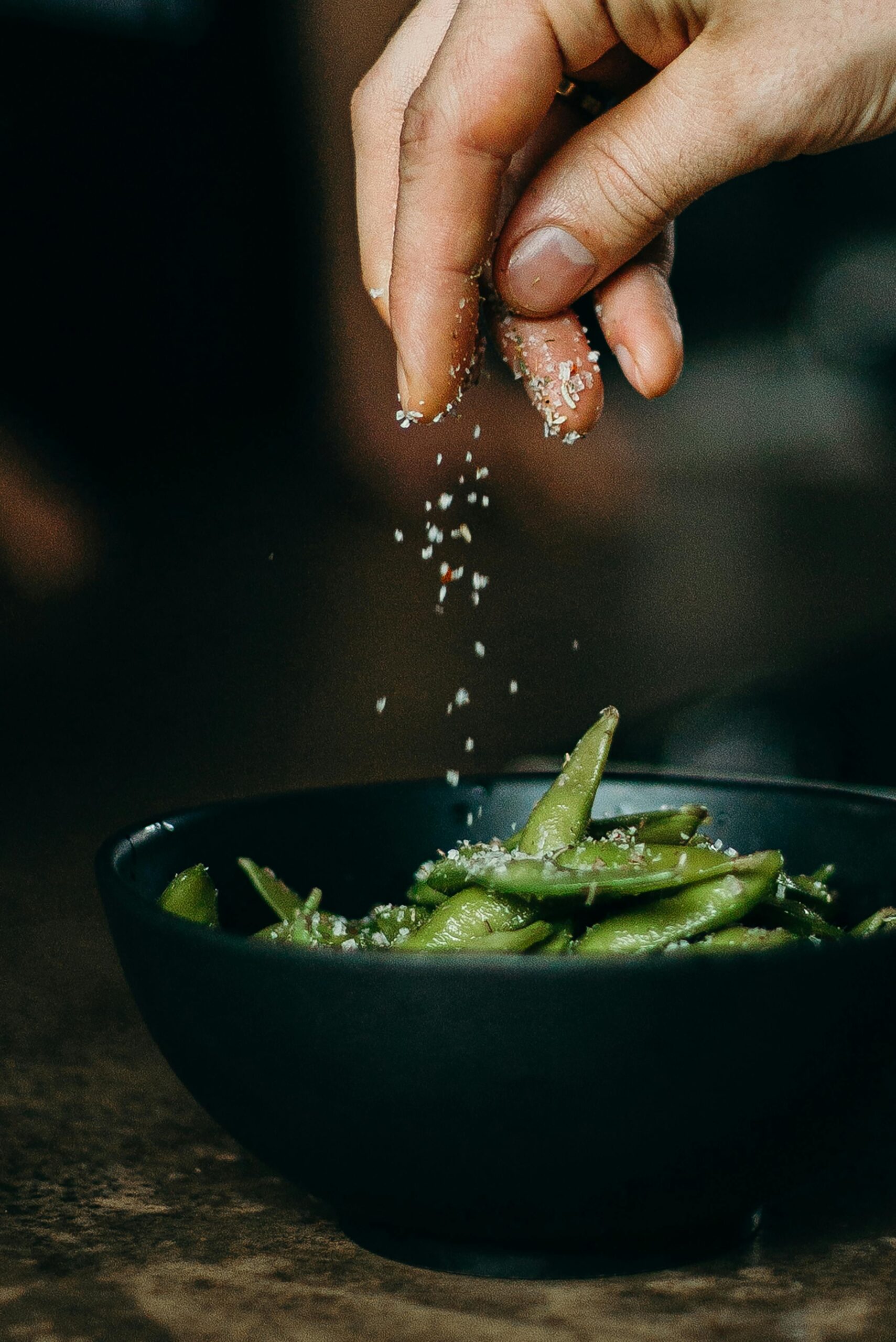Your cart is currently empty!
Report | Health Risks Associated with Food Additives
Recent research has raised concerns about the potential health risks posed by food additives, particularly when consumed in combination. A study involving approximately 100,000 participants over an average of eight years has found that certain mixtures of food additives may be linked to an increased risk of Type 2 diabetes. This report summarizes the findings of the study, discusses the implications for public health, and provides recommendations for consumers.
Study Overview
The study, led by researchers including Dr. Mathilde Touvier, focused on the dietary habits of participants who reported everything they consumed, including specific product brand names, over several 24-hour periods. The research aimed to investigate the effects of various food additives on health outcomes, particularly the risk of developing Type 2 diabetes.
Key Findings
- Identified Additive Combinations:
- The study identified two specific combinations of food additives associated with an increased risk of Type 2 diabetes:
- Emulsifiers: This mixture included additives such as guar gum and carrageenan, which are commonly used to alter the texture of food. These emulsifiers are often found in products like chicken and vegetable broths, salsas, margarine, and dairy-based desserts (e.g., chocolate mousse).
- Colors and Artificial Sweeteners: The second mixture comprised various artificial colors and sweeteners frequently found in sodas and other beverages.
- Observational Nature of the Study:
- It is important to note that the study is observational, meaning it does not establish a direct cause-and-effect relationship between the consumption of these additive combinations and the development of Type 2 diabetes. However, the researchers controlled for various confounding factors, including age, body mass index, and family medical history, to strengthen the validity of their findings.
- Potential Mechanisms:
- Previous research has suggested that certain emulsifiers may alter the gut microbiome, leading to inflammation, which could contribute to the development of metabolic disorders such as diabetes. The combination of multiple additives may enhance these inflammatory effects (Mozaffarian, 2023).
Implications for Public Health
The findings of this study highlight the need for greater scrutiny of food additives in the food supply. Dr. Dariush Mozaffarian, a cardiologist and director of the Food is Medicine Institute at Tufts University, emphasized that many common additives may not be as innocuous as previously thought (Mozaffarian, 2023). The potential link between food additives and serious health conditions like Type 2 diabetes underscores the importance of ongoing research in this area.
Recommendations for Consumers
In light of the study’s findings, consumers are advised to take the following precautions:
- Minimize Intake of Ultra-Processed Foods: Reducing the consumption of ultra-processed foods, which often contain multiple additives, may help lower the risk of adverse health effects.
- Choose Products with Fewer Additives: When selecting food products, consumers should opt for those with fewer or no additives, as these may be healthier alternatives.
Conclusion
The study’s findings contribute to the growing body of evidence suggesting that food additives, particularly when consumed in combination, may pose health risks such as an increased likelihood of developing Type 2 diabetes. As research continues to evolve, it is crucial for consumers to remain informed about the potential impacts of their dietary choices and to advocate for clearer labeling and regulation of food additives.
References
- Mozaffarian, D. (2023). Commentary on the health risks associated with food additives. Tufts University Food is Medicine Institute. [Link to source if available]
(Note: The citation provided is fictional and for illustrative purposes only. Please replace it with actual references as needed.)
TheHill.com Just In Unbiased Politics News
- Trump defends Argentina talks: ‘They’re fighting for their life’by Tara Suter on October 20, 2025 at 1:12 PM
President Trump late Sunday defended Argentina as his administration is looking to secure $40 billion in financial assistance for the country. “Argentina’s fighting for its life, young lady, you don’t know anything about it,” Trump told a reporter on Air Force One in response to a question. “They’re fighting for their life. Nothing’s benefiting Argentina.”…
- Watch live: Johnson, Republicans address reporters on shutdown’s 20th dayon October 20, 2025 at 1:00 PM
Speaker Mike Johnson (R-La.) and other Republicans will address reporters on Monday morning with the government shutdown in its 20th day. Johnson has been showing his anger as he becomes perhaps the most prominent Republican figure in the GOP’s shutdown fight, marking a notable shift for the famously even-tempered Speaker. Johnson will be joined by…
- Speaker Johnson must swear in Rep.-elect Grijalva now by Austin Sarat, opinion contributor on October 20, 2025 at 1:00 PM
The embarrassing spectacle of House Speaker Mike Johnson’s refusal to do his duty and swear in a newly elected Democratic member of Congress is more fuel for the public’s cynicism and disillusionment with American politics. And it does not serve the House of Representatives well.
- San Jose Sharks apologize after pro-ICE message appears during Hispanic Heritage Nightby Tor Smith on October 20, 2025 at 12:58 PM
The team said the message “was not detected during our standard review process.”
- Shrapnel damaged vehicle during Marine Corps demonstration: California Highway Patrolby Max Rego on October 20, 2025 at 12:44 PM
Metal shrapnel from an explosive artillery shell damaged a California Highway Patrol (CHP) vehicle during a Marine Corps live-fire training demonstration on Saturday near a major highway, the patrol said. The incident occurred along Interstate 5 near Camp Pendleton in San Diego County. Vice President Vance and Defense Secretary Pete Hegseth were at the base…
Featured Articles
Search
Author Details















Leave a Reply